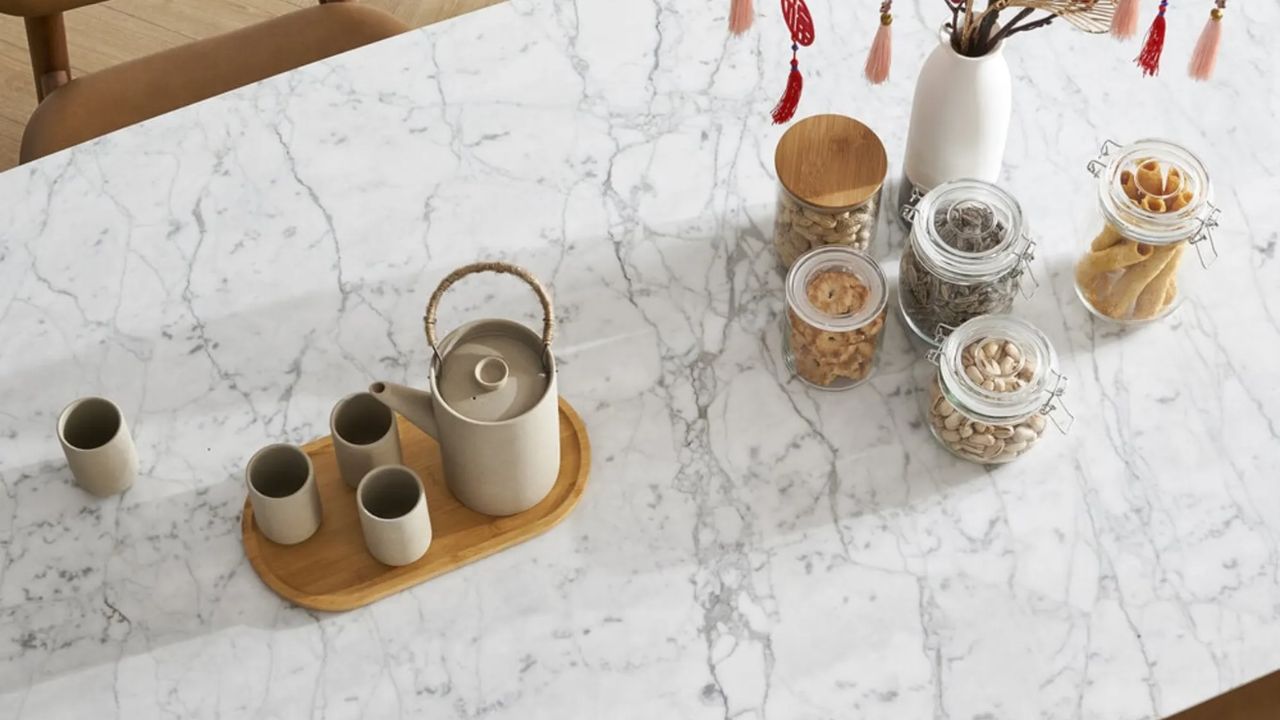The purchasing of an ideal dining table not only requires us to sample the ideal beauty, but also requires a mix of appropriateness with beauty. The custom dining room tables in any setting, especially the one that has been designed to take meals, actually take the center stage, as it dictates the mood of both the day-to-day meals as well as the special occasions. The decision of the best form and size is very important to have not only aesthetic beauty, but also practical comfort. The correct decision not only saturates the room with looks, but also with the experience.
Appreciating why Space is Important
The first thing that needs to be done is to determine the space available to settle on a table shape. Too big can make a room feel crowded, whereas too small can look worse and lose its plot. According to designers, when there is a wall or furniture placed near the table, the width between the latter and the former should be at least 36 inches. This makes it comfortable to move around the dining section. Assessment of the proportions of the room will enable a more sophisticated choice, which will not take over the room, but which will balance it.
Form as Statement of Form and Function
The dining table shape is also a considerable determinant of the room. Rectangle tables are classic and fit most interiors, particularly in long rooms consisting of narrow passages. They provide the larger surface area and are best suited for providing larger group hosting. At dining table, in turn, makes an intimate dining situation and promotes talking when it is round. They complement each other well in a smaller room or a square-shaped arrangement. Oval tables combine the advantages of round tables with the benefits of rectangular tables, which provides a comfortable seating that is nevertheless very supple. Square tables allow balance in smaller rooms and have the tendency of being favored due to their contemporary look.
Comfort and Flow size
When you take the shape, the second thing to do is to have a suitable size. This entails taking into consideration the number of persons to host as well as the size of the room. In general, every diner needs at least 24 inches of table width to be comfortable when sitting at it. To be formal, a minimum of 30 inches per head is given as an allowance to allow extra luxury. An undersized or an oversized table can overcrowd or, worse still, single out guests during mealtime. Most designers encourage anyone to get extendable dining tables, which are more advantageous in houses where the number of people to host varies.
Cohesion of Material and Design
Size and shape are targeted; however, the material ought to match the design, too. It has a sophisticated look when covered with marble, and at the same time, one can use solid wood since this is warm and long-lasting. Glass-top tables are quite weightless, and it is the most suitable model in regard to modern interior design. The consistency of the table material and the room interior makes it very classy.
Conclusion
The resultant style, shape, and size format of a dining table is essentially the choice of lifestyle. Both the table and the people themselves should be able to fit in, whether it be just normal family meals, formal dinner exercises, or the occasional brunch. When a dining table is carefully chosen, it turns out to be no longer a piece of furniture but a message of customized excellence, a mix between form and function at the core of the house.
